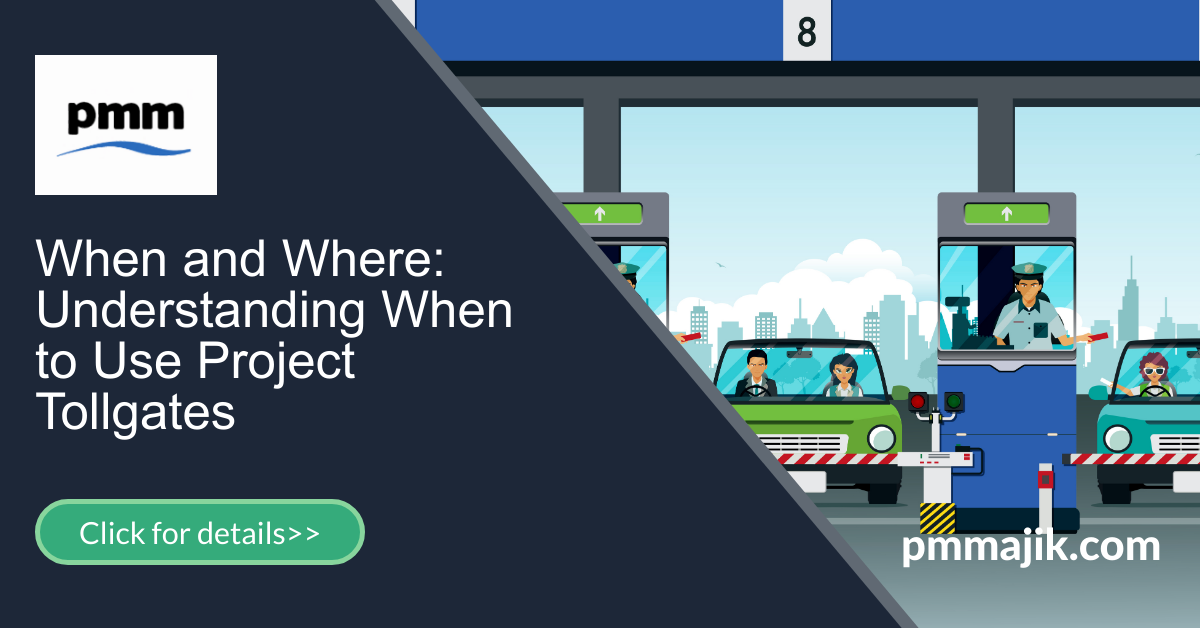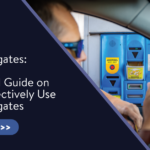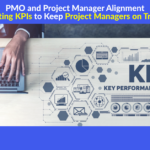Tollgates provide structure for projects. They also break progress up into manageable segments, turning what would otherwise be an overwhelming task into something more easily achievable. However, tollgates are not right for every single project out there. They’re ideal for large-scale projects with lots of moving parts. They’re less suited to small projects that use the Agile methodology, though. So, when should you use project tollgates and when should you not? Let’s explore what you need to know.
When You Have a Large-Scale Project
Large projects, whether that’s in terms of scale or timeline, benefit from using tollgates. It’s all about providing structure, while also ensuring accountability and communication with stakeholders, team members, sponsors, and others.
Tollgates act like a pause button at the end of each stage in your project. This gives you a chance to look around, assess your progress, and check that the phase’s deliverables were completed and that everyone is on the same page. It also provides stakeholders with the chance to weigh in on functionality or features and provides the opportunity to revisit parts of the phase to adjust or revise before moving on to the next one.
Smaller Projects
Small projects that don’t have multiple phases or that have very short timelines may not benefit from tollgates. This is particularly true for small projects with very tight deadlines where tollgates would increase the time required to complete the project by a significant amount. While tollgates can save time, effort, and money with large-scale projects, they can add unnecessary time and complexity to smaller, simpler projects.
Agile Projects
Tollgates are ideally suited for use with specific project management methodologies, like the Waterfall method, or DMAIC. However, they’re not well suited for use with the Agile methodology. That’s because adding tollgates inhibits agility, which is the entire point of the method.
Lean Projects
Like the Agile methodology, Lean projects usually don’t benefit from tollgates. Again, this is because the method focuses on reducing or eliminating bottlenecks that might slow down progress.
Does Your Project Need Tollgates?
Unsure whether your project can benefit from tollgates? Here are a few simple questions to help you determine the right answer.
- Does my project have a short, tight timeline?
- Does the project include multiple stakeholders who need to be kept informed?
- Does the project have multiple moving parts?
- Does the project span a significant length of time?
- Is the project particularly complex or result in the delivery of complex products or services?
- Does the project have multiple end users/customers who must be satisfied with the result?
- Does the project require considerable flexibility?
- Would the project benefit from sprints or tollgates?
- Are project team members self-disciplined enough for the Agile methodology?
- Do you have all the information related to the project already or will additional information be provided during the project?
Again, if your project has a tight deadline, is relatively small, or you need the agility that comes from sprints rather than phases, tollgates may be unnecessary. However, if your project is large-scale, has a long timeline, or is particularly complex, tollgates can provide the structure needed to ensure success.
In Conclusion
Tollgates are powerful tools for many projects. However, they’re not suitable for all of them. If your project uses the Agile methodology, is relatively small, or has a brief duration, tollgates may not be necessary. That said, it’s important to make an informed decision. The benefits tollgates provide should not be overlooked, particularly for projects that follow the Waterfall, PMBOK, or DMAIC methodologies.






